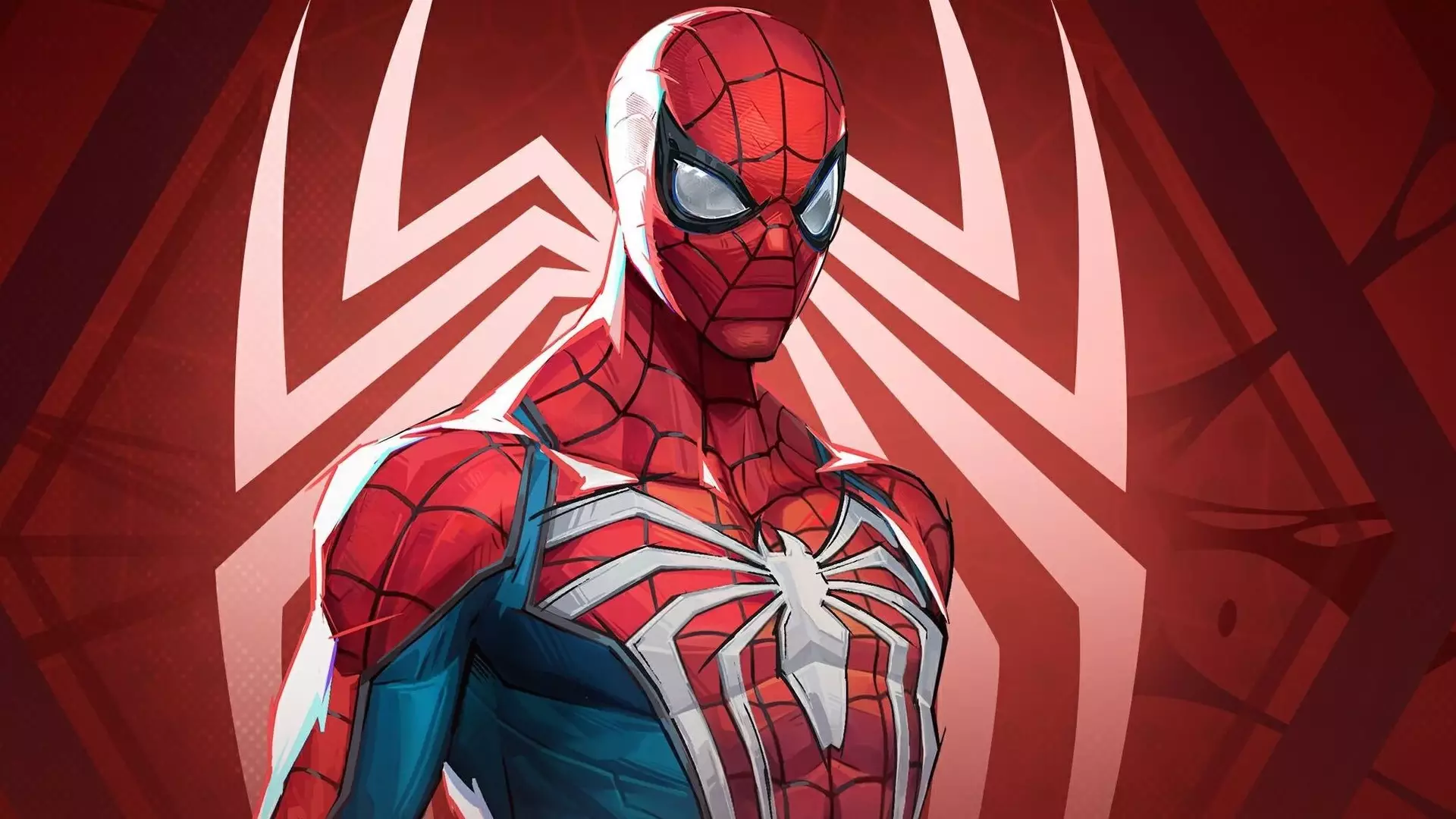In the fast-paced universe of Marvel Rivals, balance isn’t just a luxury—it’s a necessity. As we approach the mid-season patch, the developers at NetEase are taking significant strides to refine gameplay, responding to the community’s cries for adjustments. With the expected arrival of Ultron in Season 2.5, this promise of “more comprehensive balance changes” hints at a deeper understanding of player frustrations and gameplay intricacies. Notably, the focus of the current patch revolves around the roles of various archetypes—particularly those that have long been overshadowed in the grand melee of combat.
What is evident is that the introduction of Season 2.0 has shifted gameplay to emphasize coordinated attacks and target-based strategies. This evolution requires players, particularly Strategists, to maintain meticulous awareness of health status, abilities, and positioning in the heat of battle. The surge in strategic play has highlighted an imbalance between Vanguards, Duelists, and the often underappreciated Strategists, demanding a fresh look at how these roles can coexist harmoniously.
Raising the Bar for Strategists
Strategists are at the crux of this mid-season rejuvenation. Acknowledging the pressures they have faced, the upcoming buffs are aimed squarely at enhancing their contributions to team dynamics. With heroes like Groot and Captain America receiving slight reductions in survivability, the playing field is tilting in favor of those who support from the shadows. The buffs signify a pivotal moment where the game’s creators recognize the often overlooked importance of these strategic players in shaping victory.
Crucially, certain Strategists will witness an increase in their damage output, offering them the chance to assert themselves more forcefully during skirmishes. This initiative is not merely a remedial measure but rather a bold statement that Strategists can and should partake in the offensive as much as their counterparts, the Duelists and Vanguards. By doing so, NetEase embarks on the challenging journey of redefining role dynamics within Marvel Rivals.
The Tightrope of Balance
However, adjustment is a double-edged sword. The game developers are fully aware that altering balance involves a nuanced approach fraught with potential pitfalls. NetEase’s reflections on the competitive performance rating system resonate with players—illustrating the challenge of ensuring each hero is evaluated fairly. With some Duelists currently gaining an edge in performance ratings, while Vanguards and Strategists struggle, the team’s commitment to normalizing this disparity reveals an earnest intent to forge a more equitable gameplay environment.
While the dev team seems to be on the right track, one cannot disregard the tense undercurrents within the community. The so-called “support strike,” spearheaded by vocal players and streamers, underscores a broader dissatisfaction that has simmered under the surface—a cultural critique about the treatment of support roles. It begs the question: how does the gaming community perceive the worth of different roles, and does that perception impact gameplay experience?
Excitement Versus Skepticism
As the first wave of changes rolls out, players are experiencing a mixture of exhilaration and skepticism. The nerfs directed towards Groot and Spider-Man have ignited excitement, particularly among players who have felt trampled by these characters’ dominance. Yet, the cautious optimism surrounding the buff for Strategists suggests a hope that the tides may finally be turning in favor of the often-overlooked heroes who prop up team performance.
The balance between empowering underrepresented characters and managing the overall power dynamics of the game is delicate. While buffing support roles sounds promising, it also stirs questions about how the changes will ripple through current strategic formations. Will this lead to an increased integration of support roles in team compositions, or will it merely shift the pendulum of power?
Ultimately, these modifications signal a growing recognition that real innovation lies in understanding roles not merely as tools for battle, but as integral components of gameplay that enhance the entire player experience. With future adjustments ahead in Season 2.5, the anticipation lingers; the success of these strategies may well redefine the fabric of Marvel Rivals and its community dynamics for seasons to come.

